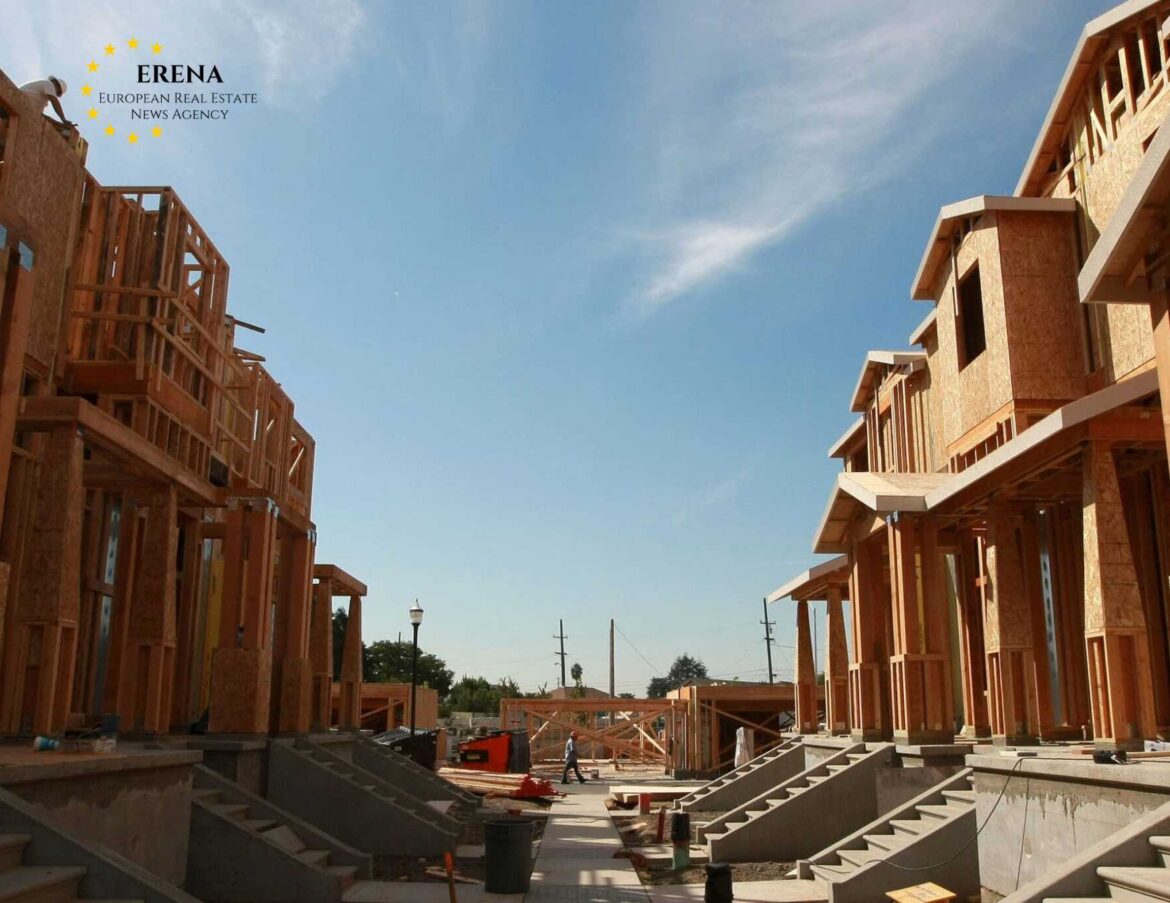In 2025, against the backdrop of deepening political polarization in the United States, a unique home was built in the quiet suburb of Bethesda, Maryland. But this was no ordinary residence — it was designed from the ground up to be a space for rebuilding the culture of bipartisan dialogue. More than architecture, it is a living symbol of hope: a space where Democrats, Republicans, and independents can engage in respectful conversation and collaborative problem-solving in an era increasingly marked by division.
Architecture That Encourages Conversation
The idea for the project came from a coalition of political leaders, civic activists, architects, and philanthropists united by a shared vision of civil discourse. The home was intentionally designed in a circular shape — a universal symbol of equality and openness — with no sharp angles or dominant sides. At its heart lies a central hall for roundtable discussions, surrounded by quiet meeting rooms, a shared library, and flexible co-working spaces.
Every detail of the design is meant to foster respectful engagement. The interior is done in soft, neutral tones. Lighting is adjustable to suit the mood of a discussion, and acoustics are tailored to create a calm, reflective environment.
Innovation and Sustainability
In keeping with its mission, the house was built using sustainable technologies and materials. Recycled elements were incorporated throughout the structure. Solar panels line the roof, rainwater is collected and filtered for non-potable use, and smart home systems manage lighting, temperature, and energy usage.
This sustainability is more than symbolic — it reflects the values of long-term thinking, stewardship, and shared responsibility, all of which align with the house’s deeper political purpose.
A Space for Everyone
One of the guiding principles of the project is openness. The space is not reserved solely for lawmakers or elites. Rather, it is open to students, educators, journalists, entrepreneurs, and citizens from across the political spectrum. In its first year alone, the Bethesda home hosted dozens of roundtables, panels, and informal meetups on topics ranging from climate policy and healthcare to education, tax reform, and immigration.
Each event operates on a single non-negotiable rule: respectful listening is mandatory, even when strong disagreement exists.
Educational and Cultural Mission
Beyond politics, the home serves as a civic education center. Workshops are held on civil discourse, media literacy, U.S. political history, and conflict resolution. Debate clubs and simulation games allow high school and university students to practice negotiating across party lines.
The house also hosts exhibitions, film screenings, and performances that highlight the legacy of bipartisanship in American history — making it not only a political hub but a cultural one as well.
Flexibility by Design
Adaptability was key in the design process. Modular furniture, moveable partitions, and integrated digital displays allow the central space to shift from a conference setting to a lecture hall, movie theater, or even a small concert venue. Private rooms serve as spaces for reflection or one-on-one discussions, and outdoor terraces and gardens offer informal environments for connection.
The result is a space that adapts to people’s needs rather than imposing rigid formats — a principle also central to democratic dialogue.
Funding and Public Support
The project was financed through a mix of private donations, nonpartisan foundations, and crowdfunding. Notably, contributors came from across the political spectrum, which helped establish trust and safeguard the neutrality of the space.
Community members also played an active role, from the planning stages through to opening day. Public tours are now offered weekly, educating visitors not just about the architecture, but about the broader mission of fostering listening and compromise.
Impact and Inspiration
Though still in its early stages, the Bethesda home has already made a noticeable impact. Several participants have shared that their views evolved through meaningful conversations held there. Others report forming professional relationships and even friendships with people they once considered political opposites.
Media coverage has been overwhelmingly positive, and several universities and think tanks have expressed interest in partnering on research and programming. The house is increasingly seen as a model for civil discourse — and perhaps even a prototype for future civic centers across the country.
Plans for the Future
Looking ahead, the organization behind the project plans to expand. Discussions are underway to replicate the model in other U.S. regions — especially where political tensions are high. A digital extension of the home is also being developed: a virtual platform that mirrors the physical space’s principles of mutual respect, inclusiveness, and thoughtful exchange.
There are also plans for new initiatives, such as “Civility Weeks,” during which participants engage in cross-party workshops, storytelling sessions, and even cooking classes — creating connection through culture as much as through policy.
Conclusion
The Bethesda home built for bipartisan dialogue in 2025 stands as a powerful example of how architecture, technology, and civic intent can come together to foster understanding. It is more than just a building — it is a space of possibility, where disagreement is not feared but embraced as an opportunity to learn. At a time when shouting matches dominate screens and comment sections, this home offers a quiet revolution: the return of respectful conversation. And in that return, perhaps, lies the future of democracy itself.

